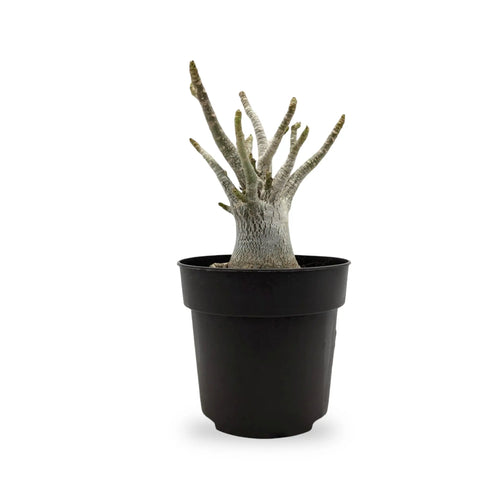Introduction to Succulent Styling
Succulents make excellent indoor or outdoor plants. Their colorful, plump leaves store water so they thrive without much care. Succulents come in endless sizes and shapes too. This variety lets crafters build stunning plant designs showcasing these cute, resilient plants by following basic style techniques.
Select Complementary Colors and Textures
An endless array of succulents exists featuring round, spiky, frilly, or squat forms. Their palette spans purple, red, green, gray, and blue hues. Creative succulent styling cleverly balances colors, sizes, and textures together into pleasing combos. Contrast a tall, slender snake plant with low, Fat rosettes. Repeat certain colors in multiple plants for harmony. Bold shapes prevent combinations from appearing too chaotic or mismatching.

Choose Appropriate Planters
Planters anchor arrangements, so style and size matter with succulent displays. Broad, open containers allow seeing more plants versus narrow pots spotlighting just the front. Neutral terracotta, wood, cement, and metal planters blend well, placing focus on the plants themselves. Arrange taller, trailing succulents within hanging planters. Shallow wide dishes keep top-heavy rosettes from tipping over. Select planters suiting the visual weight and heights of succulent selections.Compose Stylish Designs
Well-balanced succulent arrangements reflect thoughtfulness. Place bolder statement pieces centrally as focal points. Frame with midsize and small accents around edges. Cluster similar shapes and colors together for cohesive islands against contrasting textures. Mimic elements across the urn for harmony. Keep heights relatively even, with a few tall plants providing peaks. Thoughtfully scatter pieces to appear pleasantly random as in nature.
Consider Practical Growth Needs
Artistically styled succulents also need to succeed long-term by species. When planting combinations, check care guidelines to group those preferring similar sunlight and watering. For diverse varieties, choose adaptable, hardy succulents as the basis to anchor assortments. Take growth habits into account too. Trailing succulents work wonderfully draping planter edges and tall stands that belong centrally.Include Decorative Embellishments
Beyond succulent varieties alone, additional decorative elements elevate arrangements into finished art pieces. Painted river pebbles, glass nuggets, seashells, or marbles settle nicely around plants, delicately filling bare spots with non-distracting interest. Simple figurines, butterflies, or mini terra-cotta pots blend succulent textures beautifully. Twinkling fairy lights wrapped through designs sparkle charmingly. Incorporate personal accents reflecting style.











